 |

|
|
|
|
|
 |
|
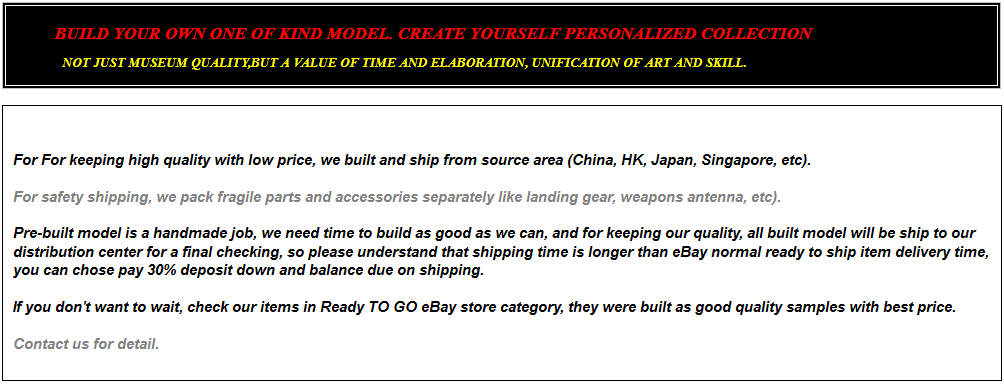 |
|

|
| Item Name:
|
.Japanese Type 97 Chi-Ha Medium Tank
|
| Kits |
.Tamiya
|
|
Scale: |
.1:35
|
| Builder: | .Volcano
| | Item Status: | .Built To Order / Pre-Order
| | 
| Detail features:
Award winner built and painted with real-life weathering. Beautiful camo color scheme with accurate decals and unit markings. Adding 2 crew figures with life-like gear and pose. Top building quality with outstanding details throughout the whole model and very high standard accuracy on every individual part. Great armor and rivets detail. Rotating turret and gun elevation. Machine gun and machine gun detail. Engine deck detail with hull detail. Add towing cable. Tracks with road wheel detail. Add on vehicle tools and more add-on details.
Buffing and polishing to remove mold seam. Base color with primer and putty for better surface detail. Airbrushed and painted with multicolor. Add clear paint for good finishing on the decal applying. Washing to enhance the surface detail increase the appearance of depth including panels, doors, hatches, rivets, bolt head, and more. Dry brushing to emphasize and highlight texture with an edge for good wear, tear and fading. Multi-color filters for blend color effects. Add nonglossy paint for better finishing. The great detail paint job on rust and paint chips off with scratches, worn and bare metal realistic simulating, flow rust and rain streaks effects, grease with staining appearing, engine smoking and muffler burned representing. Also, smear and dirt with dust and real mud and more on real-life weathering. Final protective layer for long-term collection.

 |
2649
| | | |

|
 |
 |
| 1
Dream Works Hobby |
 |
| 2
Dream Works Hobby |
 |
| 3
Dream Works Hobby |
 |
| 4
Dream Works Hobby |
 |
| 5
Dream Works Hobby |
 |
| 6
Dream Works Hobby |
 |
| 7
Dream Works Hobby |
 |
| 8
Dream Works Hobby |
 |
| 9
Dream Works Hobby |
 |
| 10
Dream Works Hobby |
 |
| 11
Dream Works Hobby |
 |
| 12
Dream Works Hobby |
 |
| 13
Dream Works Hobby |
 |
| 14
Dream Works Hobby |
 |
| 15
Dream Works Hobby |
 |
| 16
Dream Works Hobby |
 |
| 17
Dream Works Hobby |
 |
| 18
Dream Works Hobby |
 |
| 19
Dream Works Hobby |
|
 |
In the mid-1930s, the Type 89 Chi-Ro medium tanks were considered obsolete. The Japanese Army infantry commanders requested a tank design that could travel at the speed of 35 kilometers per hour in order to keep up with the infantry-carrying trucks that were becoming more commonplace. The Tokyo factory of Mitsubishi Heavy Industries completed an experimental vehicle designated Chi-Ha and the Japanese Army`s Osaka Arsenal came up with Chi-Ni. The Mitsubishi model was more expensive; it weighed 13.5 metric tons due to the generally thicker armor. The Osaka Arsenal design had a cheaper price tag; it weighed 9.8 metric tons, and the thicket armor was at the turret front at 25 millimeters. In late 1937, the Mitsubishi design was accepted.
ww2dbaseThe Type 97 Chi-Ha medium tanks had low silhouettes, and their appearance was unique with asymmetric turrets and the semi-circular radio antennae. They were initially equipped with low velocity 57-millimeter Type 97 guns with two 7.7-millimeter Type 97 machine guns (one on front left of hull and the other either in ball mount in turret rear or on top of turret). The 57-millimeter primary guns were very effective in the infantry support role, which was the most common role these tanks held during the Second Sino-Japanese War against Chinese forces that generally lacked tanks. In Jul 1939, however, during the Nomonhan Incident against Russian forces where they first met opposing armor, these guns soon proved to be inadequate. During combat, the command tank of the 3rd Tank Regiment of Japanese Army Yasuoka Detachment received a single hit and was destroyed, while shots fired from the other Type 97 Chi-Ha medium tanks were unable to penetrate Russian armor. Thus, in 1939, research for an improved tank gun design began, which would last for about two years. In the mean time, they were also deployed to Malaya during the Japanese invasion in Dec 1941; though strictly speaking they were also out-classed by British armor as they were opposite of Russian tanks, the element of surprise largely negated the disadvantage.
ww2dbaseIn 1941, development of a new 47-millimeter gun design with higher muzzle velocity was completed. From 1942 onwards, newly built Type 97 Chi-Ha medium tanks were equipped with these new tank guns, which were mated with larger turrets; these tanks were designated Type 97 Shinhoto ("improved") Chi-Ha medium tanks.
ww2dbaseAs the Pacific War progressed, Type 97 Chi-Ha medium tanks were used more and more as static pillboxes as they were not on par with better Allied tanks such as the American M4 Sherman medium tanks. One exception, however, took place in Jun 1944 on Saipan of the Mariana Islands, where 36 of these tanks of the 9th Tank Regiment (Colonel Takashi Goto) and a number of Type 95 Ha-Go light tanks of the 136th Infantry Regiment (Colonel Yukimatsu Ogawa) conducted a major counter-offensive.
ww2dbaseDuring the course of the production life, Mitsubishi Heavy Industries built 1,224 Type 97 Chi-Ha medium tanks, Hitachi Industries built 355, and Japanese Army`s arsenals built the rest. In all, 2,123 were built between 1938 and 1943; 1,162 of them were the original design, 930 were of the improved Type 97 Shinhoto Chi-Ha design, and the remainder were various experimental or specialized variants. Production ceased at the end of 1943 as the Type 1 Chi-He medium tank became the replacement design. Production quantities, broken down by year, were as follows.
After the war, Chinese forces on both sides of the civil war operated a significant number of captured Type 97 Chi-Ha medium tanks. The communist Chinese examples were in use until as late as 1949.
| |
 |
 |
 |
 |
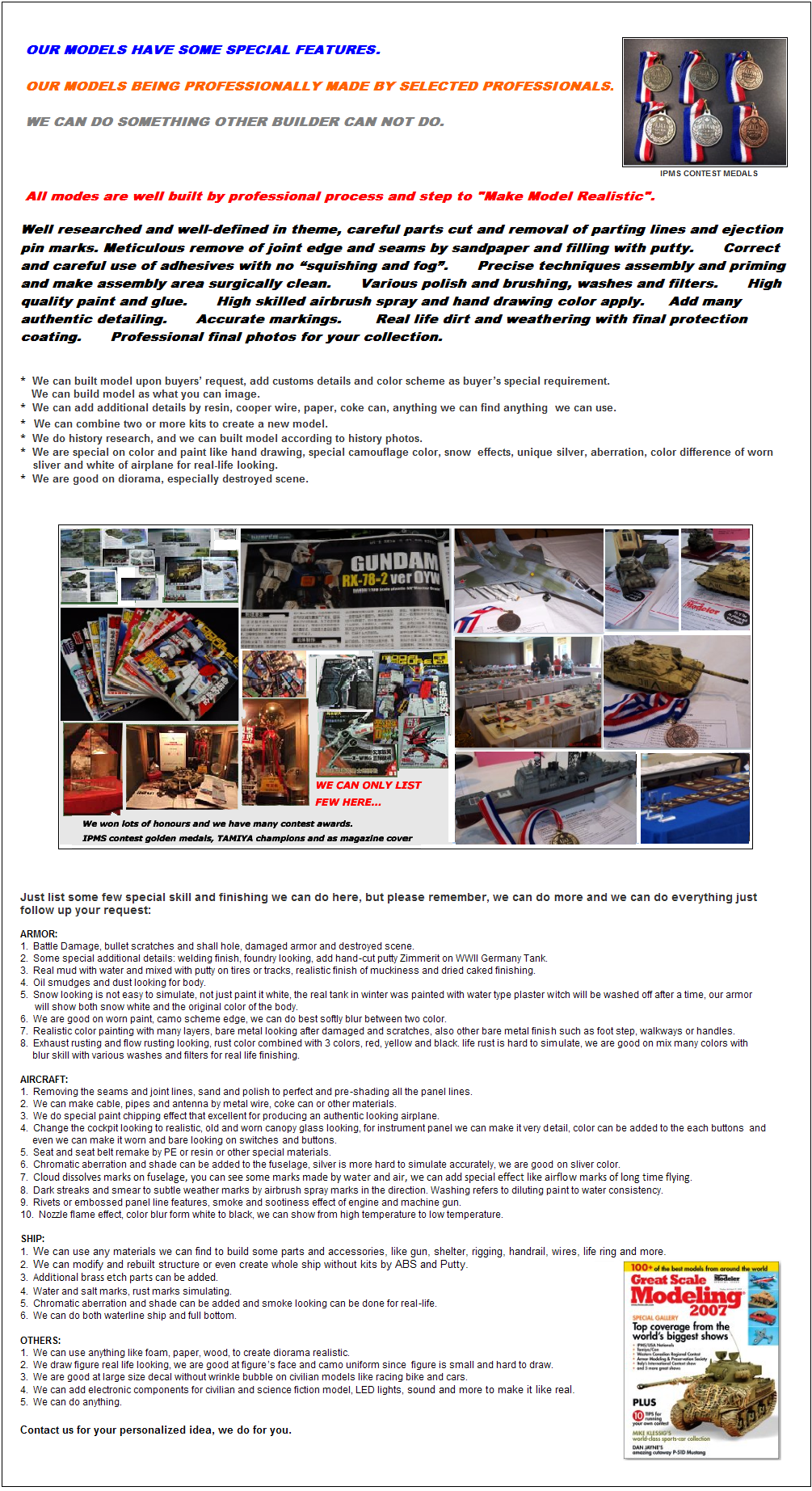
|
 |
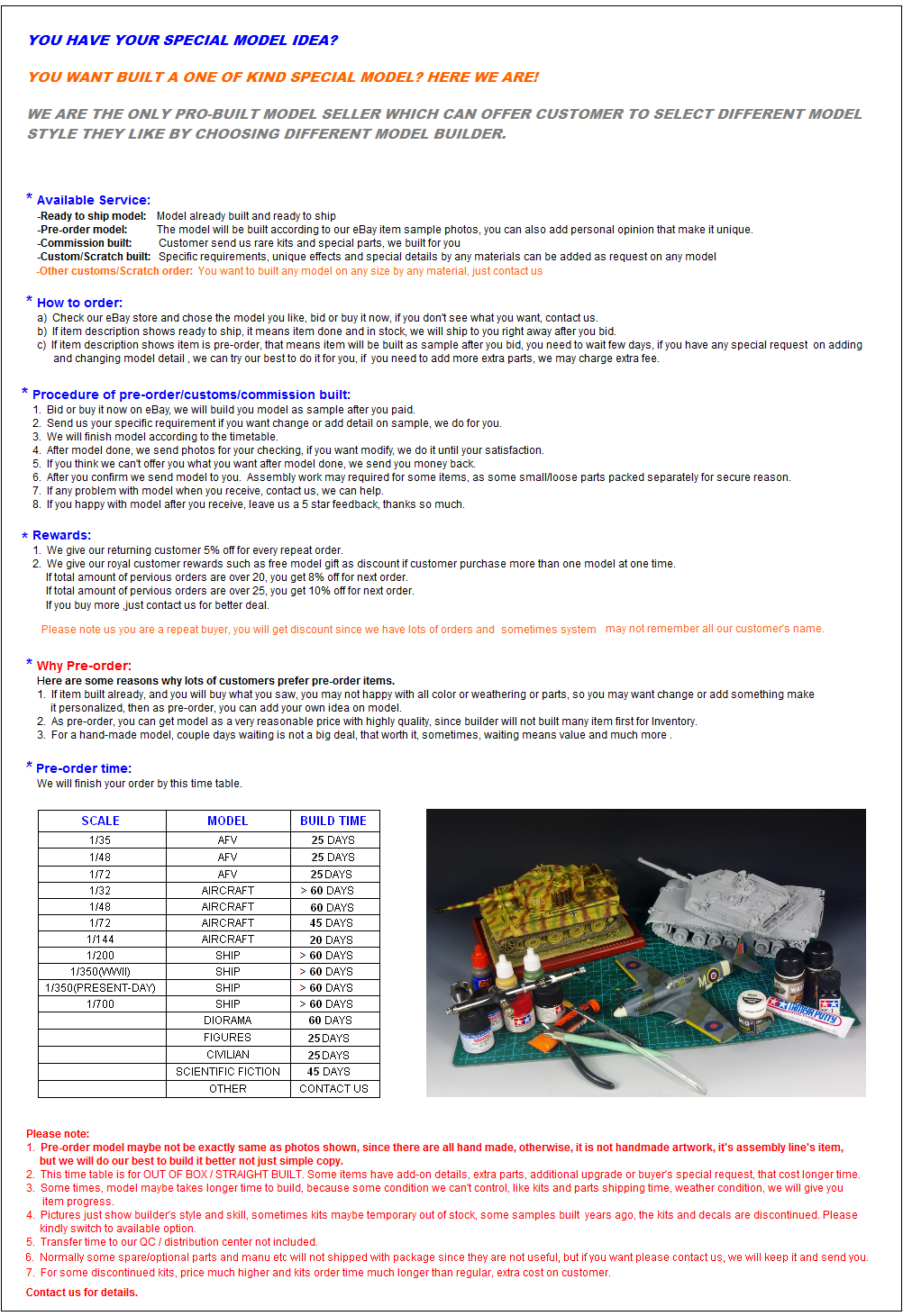 |
 |
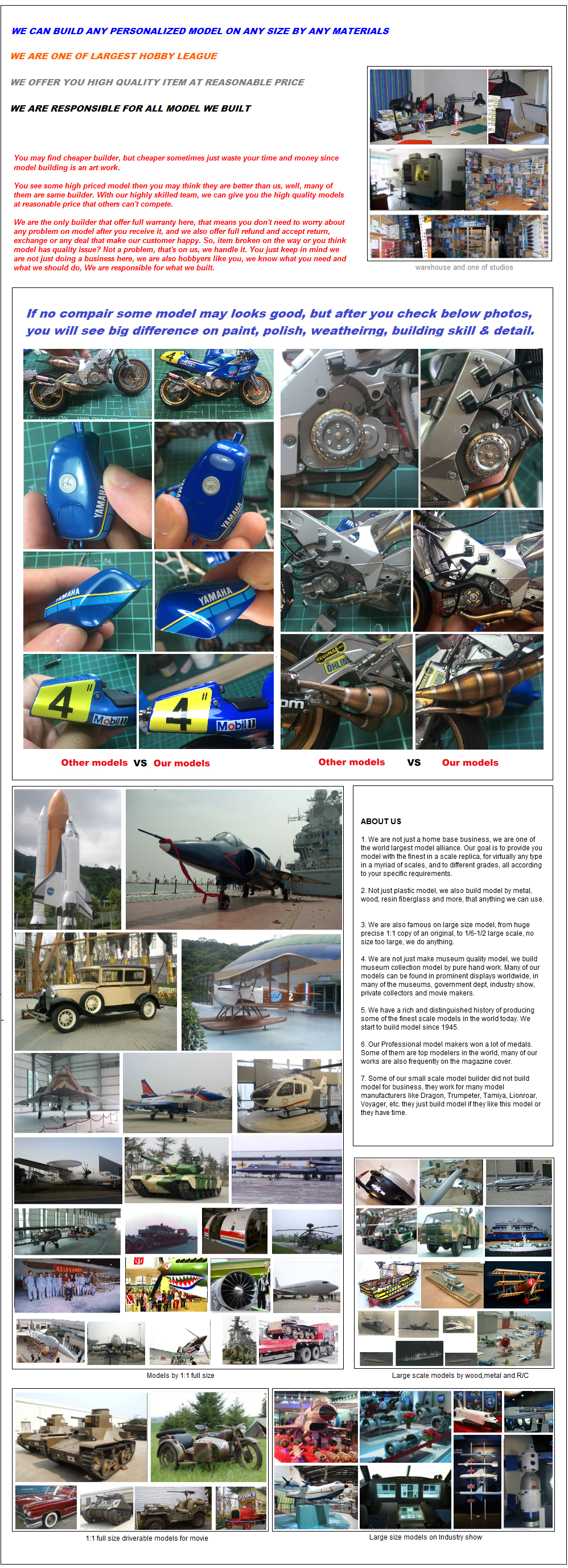 |
 |

|
 |
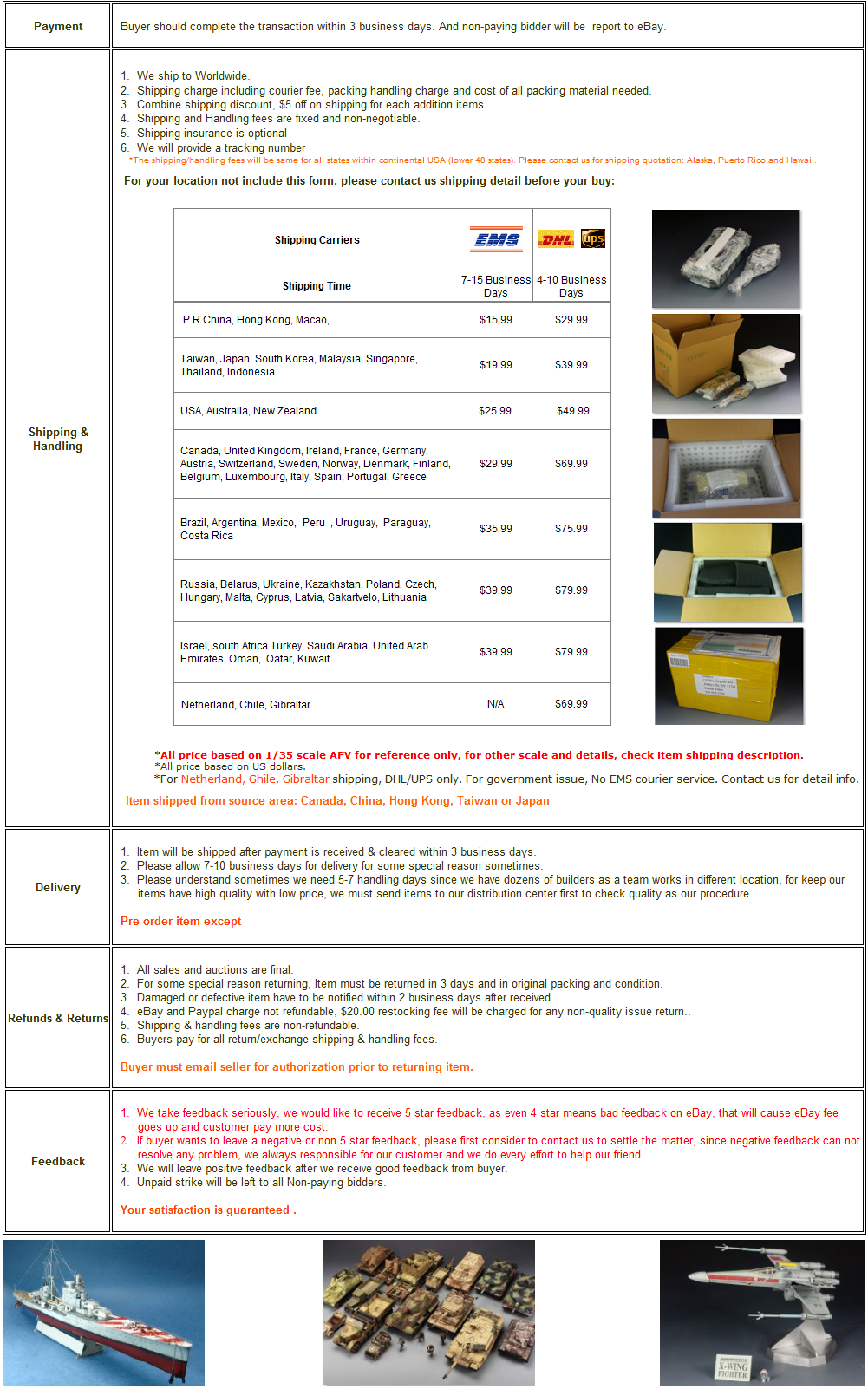
|
 |
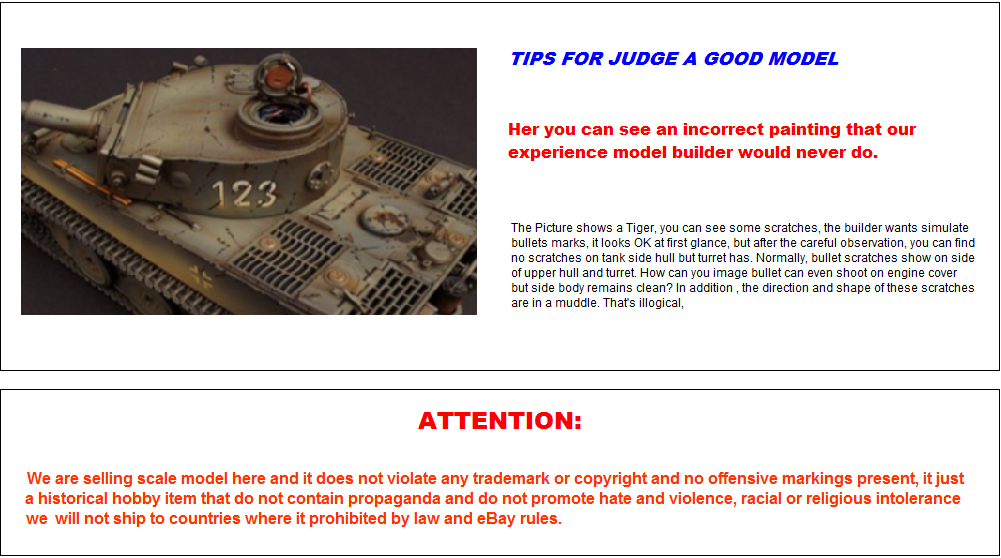
|
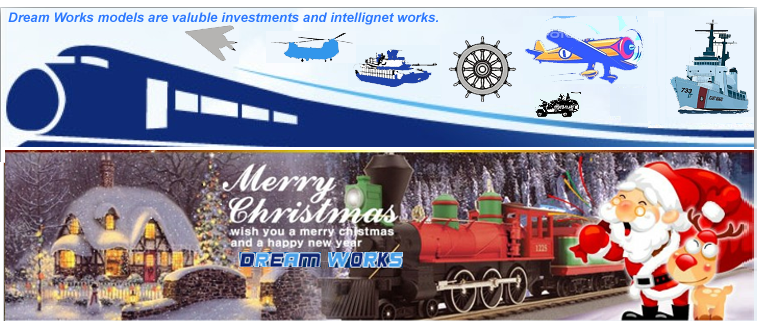 | |